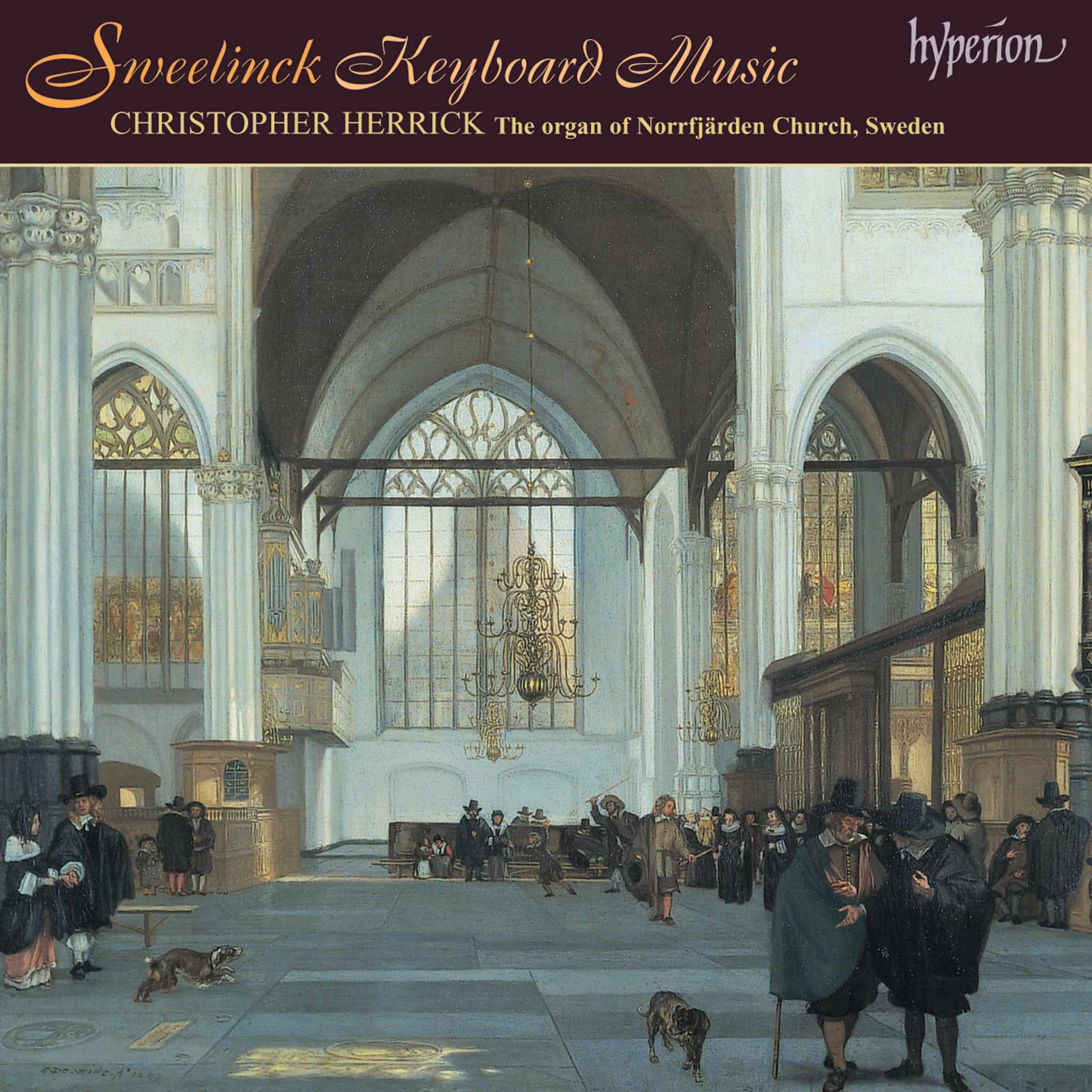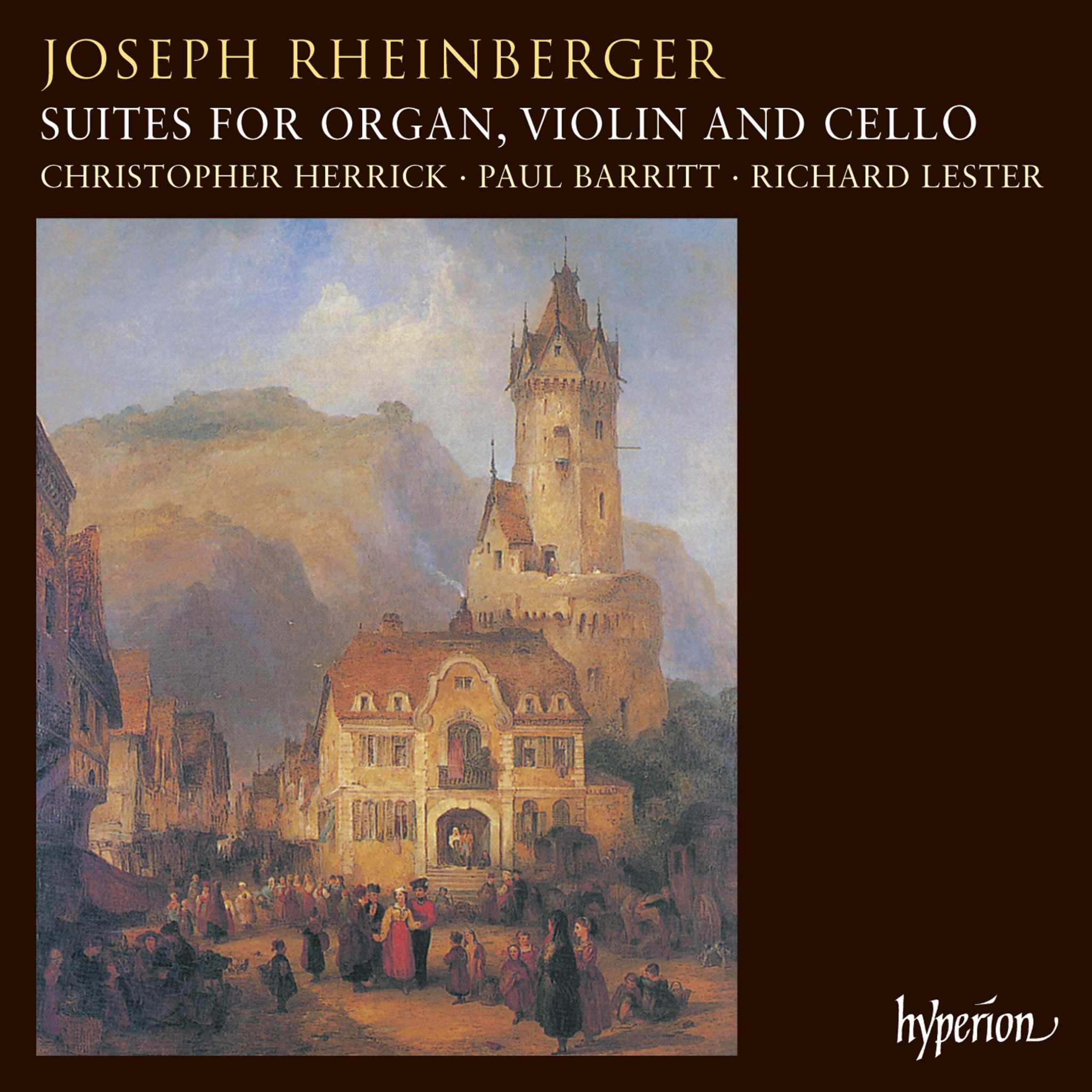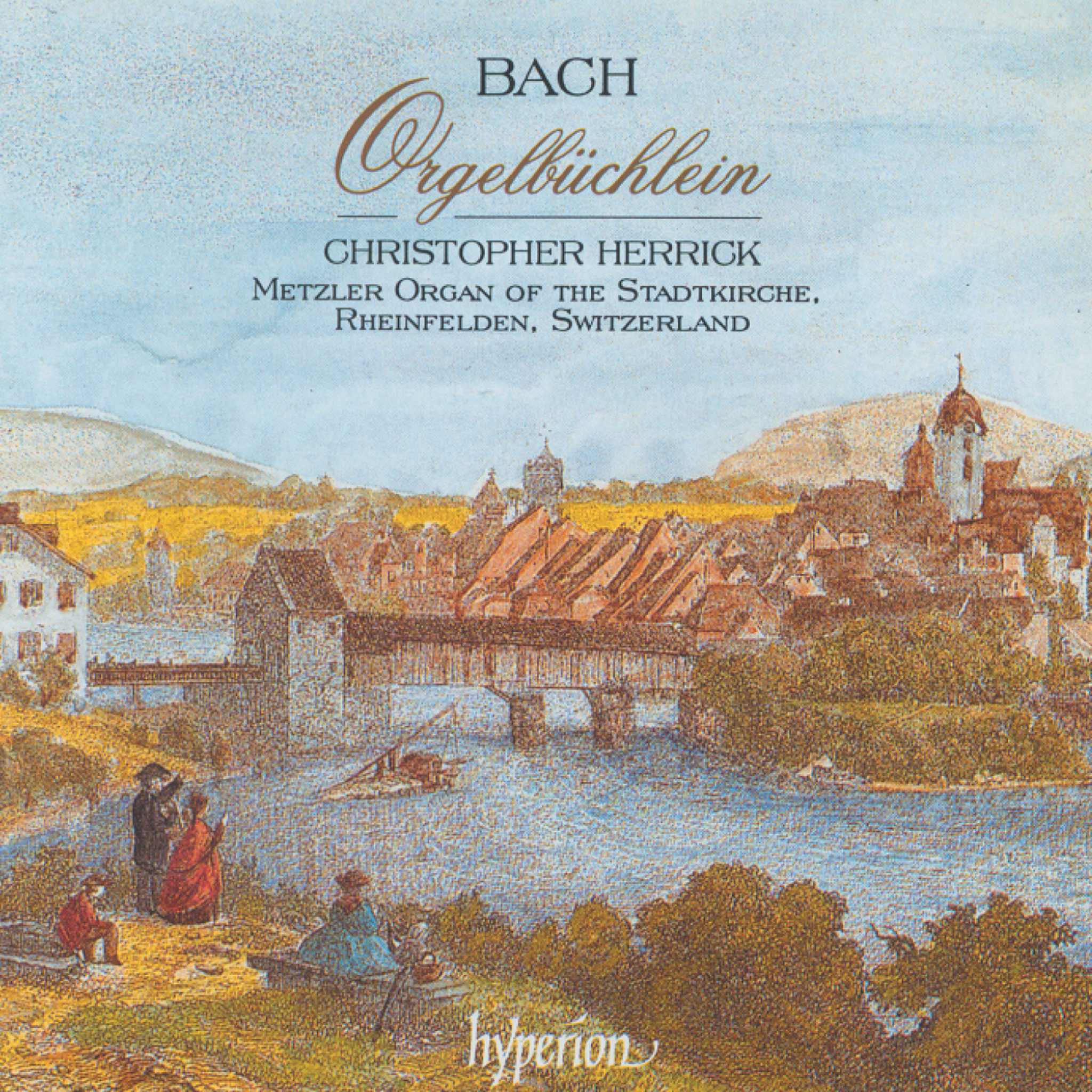Album insights
Bach's Mass in B minor holds a unique place in his vast collection of sacred vocal works. It stands out not only for its exceptional music but also because it wasn't composed for a specific occasion. Bach never likely heard the complete Mass since its almost two-hour duration wouldn't fit into a regular church service. Luther had removed liturgical parts relating to Christ's sacrifice; hence, performing a complete Mass in a Protestant church was impossible. Similarly, the text and non-liturgical representation made it unsuitable for a Catholic church setting. Instead, Bach seemed focused in his final years on composing a piece reflecting his artistry, a testament for future generations, melding his faith with his musical legacy.
Around 1735, Bach came to recognize his place in the Bach lineage, creating a family tree and respecting his musical ancestors. His sons followed the family's musical path, becoming renowned composers. Bach's interests shifted post-1740 from conducting to delving into music theory. His goal was not just to create top-tier music but also to develop complex structures and inner coherence, as seen in his "Art of Fugue." Looking back at traditions from Palestrina to Gregorian chants, he set the text for the Mass, believing its relevance would endure.
While the B minor version is Bach's longest Mass, he didn't aim to introduce entirely new movements but rather incorporated pieces composed throughout the previous thirty years, meticulously adapting them to the new Mass. Crafted with care, Bach structurally intertwined the existing movements, often retaining only thematic elements from the original compositions. Possibly, in 1733, Bach could have performed the "Kyrie" and "Gloria" in Dresden for career advancement, as seen in his dedication to Friedrich August II of Saxony. This move, unlike his previous attempts with the Brandenburg Concertos, led to his appointment as the Saxon Hofkapellmeister in 1736.
The elaborate Mass includes two movements split into twelve sections, lasting almost an hour. Bach adhered to older musical forms while imbuing modern tonalities and techniques. The Mass transitions through various sections, incorporating intricate fugues, duets, and choruses, bearing thematic and tonal innovations, reflecting a profound blend of tradition and innovation.
The Mass's structure features distinct components, balancing antico choral styles, concertante fugues, solo passages, and instrumental sections. Set in D major, the Mass's design, including dual choral sections, echoes symbolically through the piece. Bach's intricate composition merges biblical texts with intricately crafted vocal and instrumental interplay, elevating the Mass to a pinnacle of his choral works.
The majestic Mass unfolds notably in a progression of movements, highlighting Bach's ability to interweave choral grandeur with intricate instrumental passages. The deliberate placement of solos, choral harmonies, and orchestral brilliance, culminating in contrapuntal complexity, showcases Bach's masterful orchestration and compositional prowess. With meticulous detail, Bach's B minor Mass serves not only as a musical delight but also as a sublime union of artistic expression and spiritual devotion.






